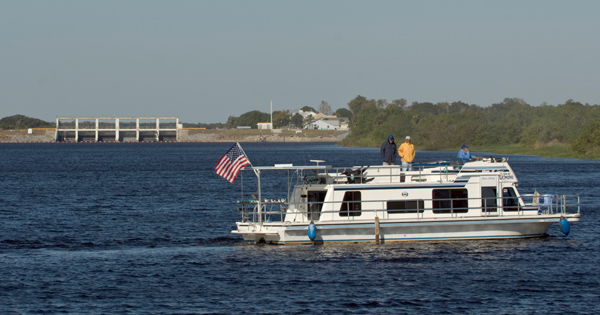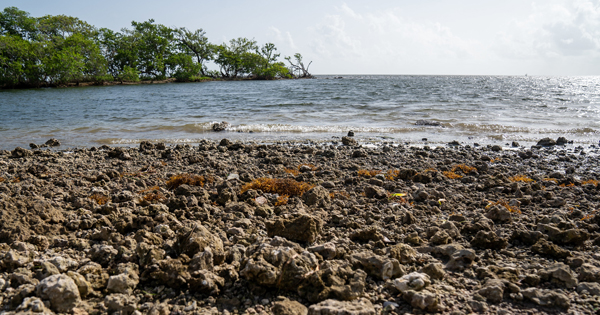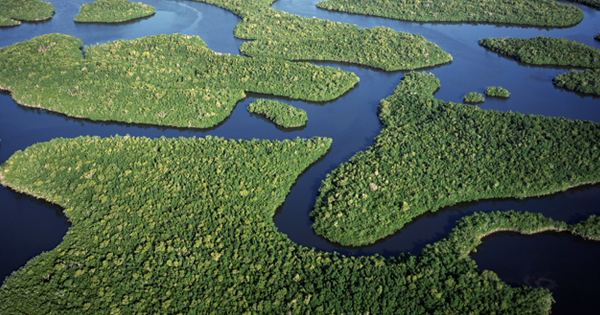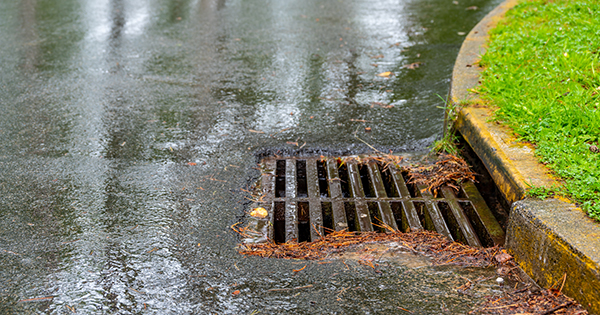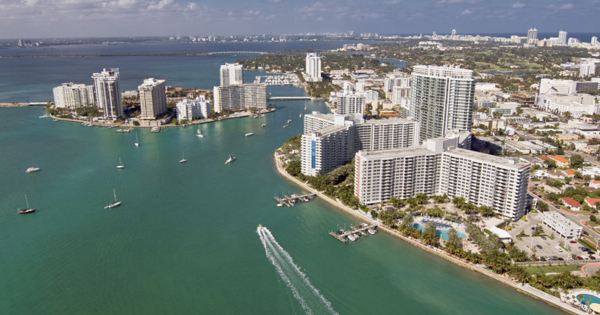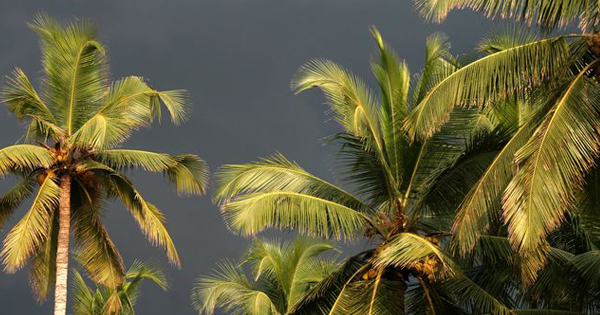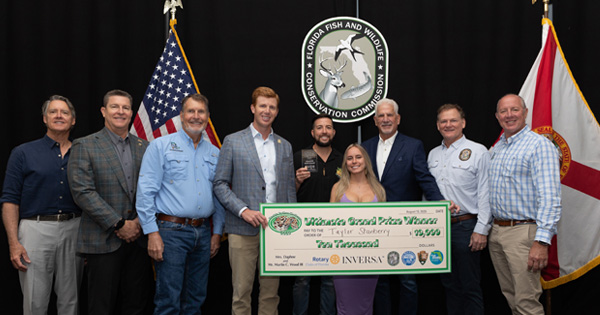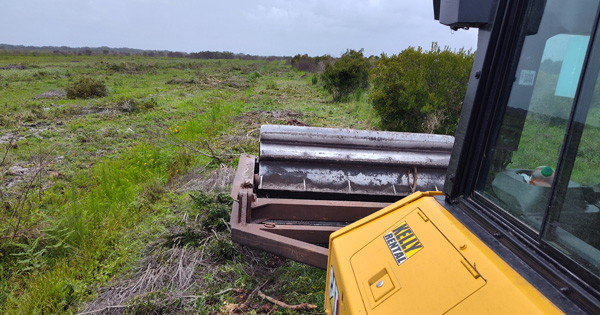DYK: Tidal Forecasts Provide Information About King Tide Conditions
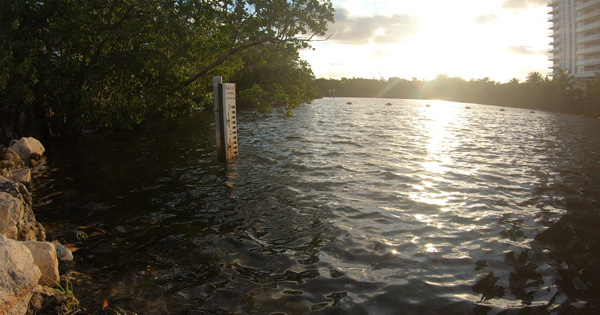
The 2025 King Tide season runs through December 7, 2025, and the South Florida Water Management District (District) is making it easy for the public to find enhanced information about expected tidal conditions.
DID YOU KNOW: The District monitors and documents King Tide events to help guide water management decisions, now and in the future.


